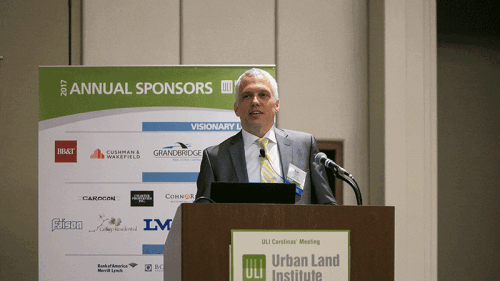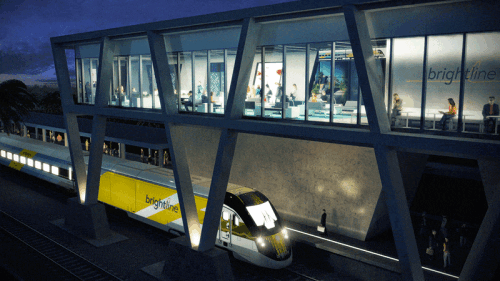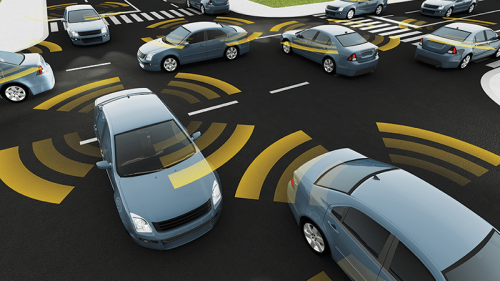Infrastructure
Ten facilities—all completed during the past five years—raise public transit’s profile with architectural flair while smoothing the way for commuters and travelers.
The evolution of “smart” cities is about solving specific problems more than sweeping urban transformation, panelists emphasized during the 2017 ULI Spring Meeting. Targeted programs with clear benefits are defining smart cities, not the widespread embrace of new technology, they said. In Seattle, “smart” means expanding the network of low-cost sensors, which is allowing for adaptive traffic signals and detailed weather mapping that can track microclimates and rain surges.
Amid speculation about the ways autonomous vehicles may upend current ways of living—and require fundamental changes to the way real estate and critical transportation-related infrastructure are
developed—voters in Washington state’s Puget Sound region approved tax increases in November to fund a $53.8 billion, 25-year program for expanding light rail, commuter rail, and bus rapid transit.
developed—voters in Washington state’s Puget Sound region approved tax increases in November to fund a $53.8 billion, 25-year program for expanding light rail, commuter rail, and bus rapid transit.
In an area bound by waterways, public and private sector entities, supported by voters, pull out all the stops for better mobility.
“The story of people can be told through infrastructure,” said author Ryan Gravel at the 2017 Carolinas Meeting in Charlotte. An urban planner by training, Gravel initially proposed the concept of the BeltLine in his Georgia Tech master’s thesis.
ULI Minnesota has launched the Healthy Communities Initiative, which proposes an ambitious capital improvement program for turning proposed freeway lids along the I-94 corridor into places that re-establish neighborhood connectivity, create economic opportunities for residents, and make new land available for civic and commercial uses.
When Sound Transit completes its third phase of expansion in 2041, Greater Seattle will be a region transformed. The $54 billion Sound Transit 3 (ST3) package, approved by voters in November, will bring a total of 116 miles (187 km) of light rail connecting 80 stations in Everett, Seattle, Tacoma, and surrounding suburbs, plus bus rapid transit and more to serve a rapidly growing population. In March, ULI Northwest hosted a panel discussion of development experts focusing on what this transit investment will mean for the region.
The Brightline, set to begin service this July, has prompted a unique opportunity within southeast Florida for transit-oriented development projects, as the privately funded rail service will connect Miami, Fort Lauderdale, and West Palm Beach.
Autonomous private vehicles could boost sprawl and the number of miles traveled. Autonomous rapid transit promises a much better payoff.
Leaders in transforming San Diego into a smarter city came together in February at a ULI San Diego/Tijuana breakfast program to discuss strides the city has made, what is coming next, and the need to get public buy-in for deploying technologies needed to advance the city’s Climate Action Plan goals, improve quality of life all residents, and accommodate future growth.










